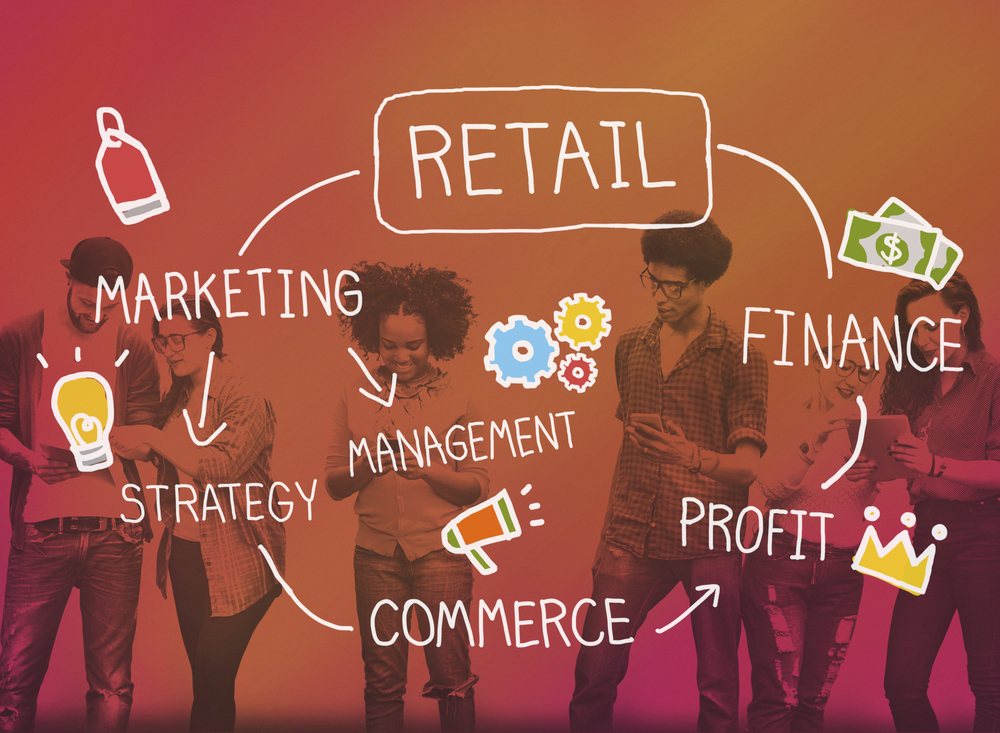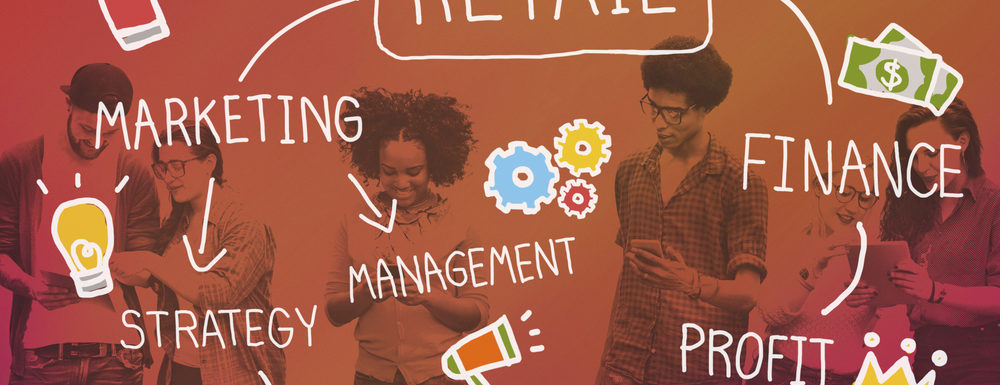 Still on the fence about incorporating Social Selling within your organization’s sales process? Maybe you’re looking for more evidence that it works before you allow your sales team to use social media? With numbers as high as 70% of the sales process completed by the time a prospect contacts you, the time is now to turn your salespeople into savvy social sellers.
Still on the fence about incorporating Social Selling within your organization’s sales process? Maybe you’re looking for more evidence that it works before you allow your sales team to use social media? With numbers as high as 70% of the sales process completed by the time a prospect contacts you, the time is now to turn your salespeople into savvy social sellers.
What is Social Selling?
Social selling is a sales technique that allows salespeople to laser-target their prospecting and establish rapport through existing connections.
Automotive digital retailing is a process that has transformed how car dealers sell vehicles. It’s the merging of online tools with traditional in-person customer service to better serve today’s consumer.
Communicating with customers and conducting business online is here to stay, which means that salespeople need to navigate the online world as well as they do over the phone or in-person. For salespeople who want to up their game, Social Selling is the next step.
Get my latest business tips, exclusive content, and a bit of fun straight to your inbox with the Kruse Control Newsletter. Boost your profits with our proven advice. Sign up now – it’s free!
Social Selling is the act of developing referrals, leads and sales using social media.
It’s difficult for most sales directors and managers to introduce Social Selling into their sales process due to two main obstacles:
- The varying stages of social media aptitude within a sales team.
- Sales management’s uneasy acceptance of social media as a selling tool.
As we move even further into digital retailing, training and support will need to come to the forefront.
Technology has transformed the way consumers buy.
With the added challenges and opportunities provided by the pandemic, we’ve replaced outdated sales tactics with a technological approach to selling cars. Just like before the phone or email were widely accepted, many retailers are skeptical and stuck to their clunky, comfortable ways.
But things are moving too fast now and if you don’t have a sales process that includes Social Selling then you’re leaving money on the table.
It’s true, not every salesperson will adapt easily to every facet of a Social Selling process but on the other hand, some of your salespeople may already be working social media to attract customers. They’ve recognized the benefits of leveraging their network to connect with prospects, foster those relationships, and create digital word-of-mouth for themselves.
When the world changes, retailers and salespeople must adapt. But how?
While much has changed since the coronavirus outbreak, many parts of the sales process remain the same.
Top salespeople need to come to the table with certain skills prior to venturing out into the world of Social Selling. The top five sales skills your team members need right now are:
- Empathy
- Data Fluency
- Customer knowledge/research
- Virtual presence
- Building relationships
Adapting includes a mix of hard and soft sales skills to meet this moment. They need to view the transaction from the customers’ point of view, and find a way to make virtual communication feel personal and human.
And speaking of soft skills and building relationships…consider the following advantages when allowing your team to access customers through digital channels.
Get my latest business tips, exclusive content, and a bit of fun straight to your inbox with the Kruse Control Newsletter. Boost your profits with our proven advice. Sign up now – it’s free!
6 benefits of Social Selling in Automotive Retail
If you can’t quite see the value yet, check out these six compelling benefits that you’d be crazy to miss out on.
1. Shortened Sales Cycle
Car buying research begins online, and according to a recent study, the research phase in vehicle purchases has been dramatically shrinking over time. 80% of surveyed customers stated that they performed the whole pre-purchase research within eight weeks. Nearly 70% of respondents stated they spent more time online than offline for pre-purchase information gathering, with a relevant number researching online only.
Car shoppers now use many more sources of digital information. Not only are they drawn to tools for price comparison, payments, warranty comparisons and car configurations, they also watch a considerable number of videos, including those that demonstrate features, consumer self-reports, test drives, and vehicle interior/exterior walk throughs.
Social media channels can be the catalyst for purchase intentions.
Buyers are engaging in online communities, asking questions from their peers to provide feedback on products, and researching solutions prior to any sales conversations. When Social Selling in part of your sales process, your sales team can be in a position to listen and monitor what’s being said and respond to the conversations through thoughtful, value-added responses (not with sales pitches).
2. Reputation Management
We’ve all heard by now that online reviews influence car buyers’ decisions. Studies show that more and more, buyers are not only researching your business they’re researching your salespeople. Have you ever done a Google search on your salespeople? It would be good to know what your prospects see when they search.
With a process for Social Selling (and training to go with it), if/when a buyer Google’s your salesperson, their optimized, well-positioned social profiles speak for them before anyone else does.
3. Superior Lead Handling
One of the benefits of Social Selling is that once your salespeople have established their social presence, they can monitor, listen, and engage in conversations around the products and services the company sells.
Online sales have spiked to unprecedented levels, according to Automotive News, and 30% of new car sales were completed online, versus just 2% in 2019, according to automotive retail consultancy Haig Partners, as reported by ABC News.
Social Selling doesn’t always mean social media.
- There are live chats and expert advice tabs.
- Savvy salespeople include a self-introduction video with every inquiry.
- Increasingly common are video walk-arounds of the vehicle—both prerecorded and live—in which a tablet-armed salesperson climbs in and out of the car while highlighting features and kicking the tires.
- Negotiating the price, finessing the options and add-ons, applying for financing, appraising trade-in value of old cars, and the rest of the paperwork all can get done virtually as well, without the client ever setting foot in the showroom.
- Finally, the car can be delivered right to the customer’s home.
4. Customer Retention
Every successful retailer works to maintain and grow a loyal customer base. However, some revert to manipulative tactics to get the transaction “in the books”. The point is to get them coming back again and again – not buying once and then disappearing forever.
Social Selling allows your salespeople to maintain contact with recent and past customers in a very non-invasive way. Participating in the organization’s marketing content (think images and video), answering after-sale questions, and just being there for your customer inspires their loyalty.
Attracting repeat customers costs 5-7 times less than what it takes to attract a new one. Keep customers coming back for more by focusing your customer retention programs around helping your salespeople communicate via online channels.
5. Increased Sales Productivity
When I was in retail, we had a saying on days when it was slow:
Activity breeds activity.
This means that every action you take can pay off in ways that will surprise you…so what are you waiting for? On days when it looks like you’re about to “blank”, utilizing Social Selling tools that you’ve got in your back pocket can turn a slow day into a very productive day.
The numbers don’t lie: 79% of salespeople using social media outsell their peers.
I have a car dealership client who permits (and encourages) Social Selling within their sales team. They’ve been doing it for a few years now and every salesperson who has adopted Social Selling techniques sells between 8 and 12 cars per month more than they would without it.
6. Minimize Customer Friction in Digital Retailing
According to a 2021 Cox Automotive survey, 64% of consumers want to complete more of their buys digitally, and 76% are open to the idea of buying a vehicle completely online. These shifts are requiring retailers to adopt challenging new Digital Retailing processes.
The sales funnel is not gravity driven. There is no guarantee anyone will ever make their way through to the sale.
Consumers are looking for competent, ethical retailers to do business with and first-rate processes reduce customer friction. Social Selling techniques minimize the friction in your online and offline interactions by providing support and expertise to buyers at every stage of their purchase cycle.
Consumers want a digital experience that’s convenient and personal.
While the car buying transaction is more complex than an Amazon or Starbucks purchase, it doesn’t mean you have to give up on providing a pleasant and memorable customer experience. When employees are “digitally fluent” and can leverage Social Selling techniques wisely, your organization will be miles ahead in the digital retailing environment.
If you’re looking for an automotive retail subject matter expert to create or enhance your training curriculum, please get in touch with me >>here<<. I’ll get back to you within 24 hours.
